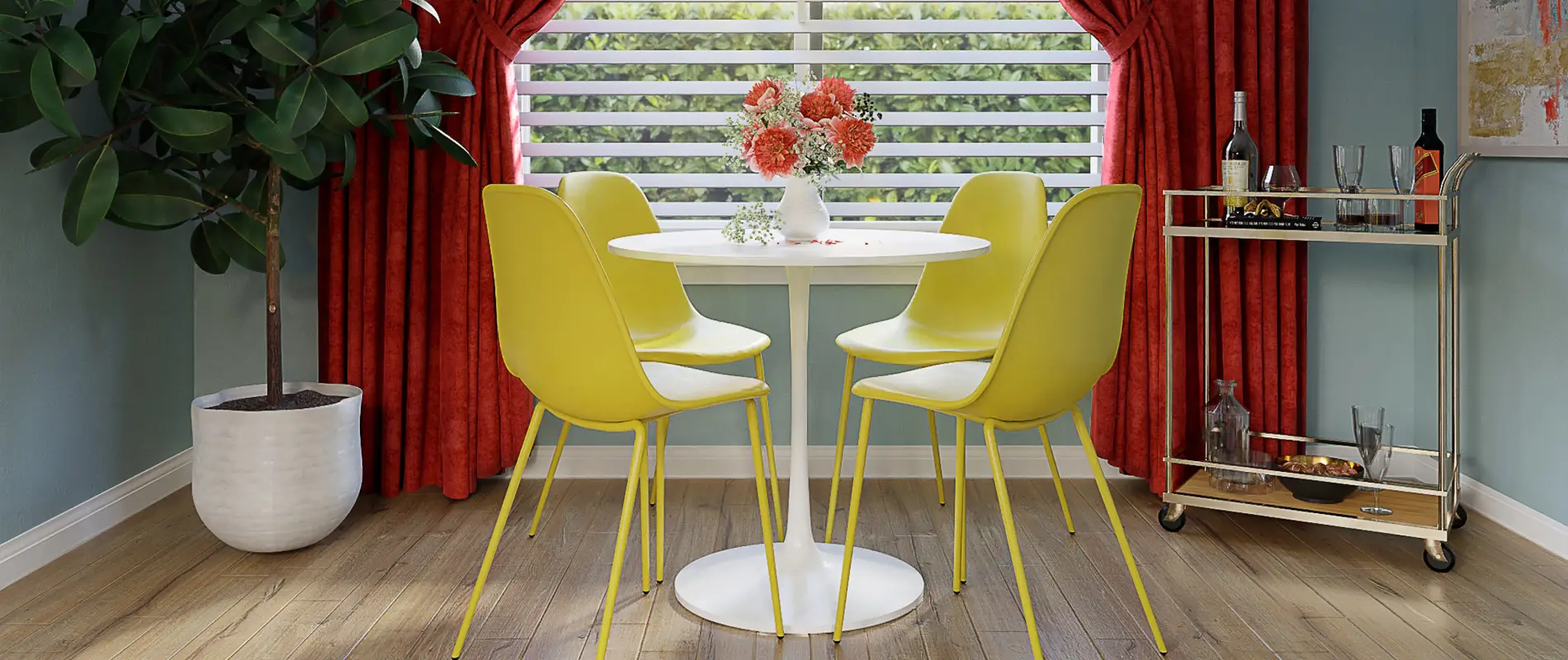Transform your website with our stylish footer block pattern!
Elevate your WordPress website today with our beautifully designed footer block pattern. Showcasing a modern, multi-column layout, this pattern seamlessly organizes information and enhances user engagement. Whether you’re looking for footer design inspiration or aiming to optimize WordPress website settings, you’re in the right place!
What is a footer on a website?
A website footer is the bottom section of your site containing essential information like contact details and copyright notices. It’s more than just an end cap; it’s a crucial component that enhances navigation and provides quick access to key areas.
Size and structure of a website footer
The size of a website footer can vary depending on its content elements and your site’s design. Typically, it includes neatly structured sections like contact information, social media links, and often an interactive feature. Visit our guide on WordPress website design to discover more about designing efficient footers.
Adding a footer to your website
Creating a custom footer with ease is a must-have skill for any WordPress website builder. In WordPress, you can add or modify your footer by navigating to your theme’s customizer or utilizing a page builder plugin. Consider Elementor Alternatives for flexible editing options.
Essential elements for a website footer
Your footer should typically include elements like contact details, navigation links, social media icons, and a concise tagline or copyright note. Generating a website footer code or using footer UI design tools can streamline this process.
Responsive website footers
To ensure that your website footer remains user-friendly across various devices, employ responsive WordPress design principles. Implement techniques like flexible grid structures and scalable icons to achieve optimal usability.
Best practices for footer design
Adhering to website footer best practices involves balancing simplicity with functionality. Prioritize clear navigation, familiar layout patterns, and ensure enough white space for easy readability. Incorporate engaging visuals with footer design templates for inspiration.
Customising your WordPress footer without coding
Customising your WordPress footer without diving into code is simplified through WordPress’s theme customiser or WordPress block templates. Leverage drag-and-drop functionality to update elements like footer links or icons.
10 use cases for the footer
-
Standard contact information
Include your business’s physical address, email, and phone number. A clickable phone number and email not only enhance accessibility but also foster direct communication with your users. Including these elements conveys professionalism and reliability.
-
Social media integration
Embed social media icons in your footer to encourage users to connect with you on various platforms. These serve as extra touchpoints for engagement, broadening your brand’s reach.
-
Quick navigation links
Facilitate seamless browsing by incorporating frequently visited pages links in the footer. This feature improves user experience and assists with navigation efficiency.
-
Company values and mission statement
Highlight your core values or mission statement to remind visitors of your brand’s ethos. This section tells visitors what you stand for, fostering loyalty and trust.
-
Newsletter subscription
Add a signup form for your newsletter within the footer to grow your email list. It encourages repeat engagement by keeping your audience informed about updates or promotions.
-
Feature product showcase
Utilize small images or icons to showcase key products or services. Enhance visual appeal and arouse curiosity among visitors about what you offer.
-
Industry-related blog links
Link to your top-performing blog posts directly from the footer. It not only boosts your WordPress website SEO but entices visitors to explore your content further.
-
Legal and privacy policies
Clearly display links to privacy policy, terms of use, and legal disclaimers. Ensuring they’re easy to find demonstrates transparency and adherence to regulations.
-
Certifications and awards
Showcase any pertinent awards or certifications to establish credibility. It reassures visitors of your expertise and quality of services.
-
Site map
Provide a site map to facilitate site-wide navigation. This tool enhances user accessibility and supports search engine indexing.
5 ways to use the footer
-
Boost SEO with structured data
Improve your search engine visibility by utilizing structured data within the footer. This practice optimizes search engine cues about the most important content on your site.
-
Strengthen branding with visuals
Include company logos or colour bands in your footer to reinforce brand identity. It adds a professional polish and keeps your branding consistent across the site.
-
Embrace multilingual capabilities
Incorporate language switchers in the footer to cater to a diverse audience. Multilingual support expands your reach and ensures inclusivity.
-
Utilize data tracking
Implement tracking codes in the footer to monitor site performance without cluttering the design. It complements data-driven strategies for improving user experience.
-
Incorporate seasonal promotions
Highlight current promotions or seasonal sales to capture user interest. It’s a subtle way to boost conversions without being disruptive.
Bringing together the right elements, employing strategic layout techniques, and using interactive features make the website footer not only functional but also engaging. Explore more about how to elevate your site’s WordPress website design for a standout web presence.
Ready to transform your site’s footer? Dive into our website footer templates and discover how our designs can enhance your WordPress website today!




